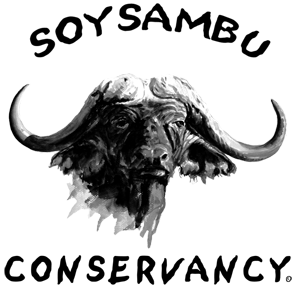By Duncan and Beatrice.
When it comes to conservation,all stakeholholders must work together because they all work for only nothing but a better world and a healthy environment.This is why the Soysambu Conservancy has been working very closely with the Born Free Foundation in sensitizing the residents within and without the conservancy on conservation.We organised two successfull sessions in Soysambu at Mbaruk Store and Headquarters commnly referred as ”heady”.The audio visual equipment was provided by the Born Free Foundation,the staff /resource personnels were drawn from the Kenya Wildlife Service,Soysambu Consrvancy and Born Free Foundation.The audience composed of the schooling young ,the working /staff and the old.Film on conservation threat mainly on bush meat consumption was shown,the Mizoga(Carcases).This film enlightened the audience about the dangers posed by snares to the animals and also threat of consuming the bush meat.The Born Free Foundtion Staff also participated in ensuring smooth darting and transport of tranquillized Rothschild giraffe to their pen.We hope to continue working closely in future.














